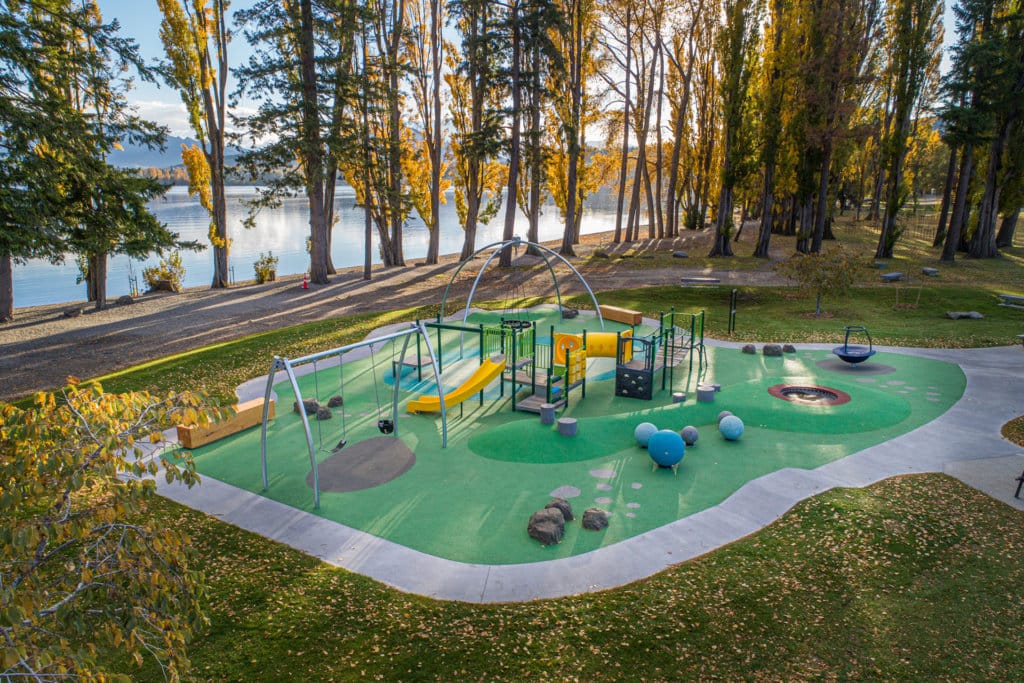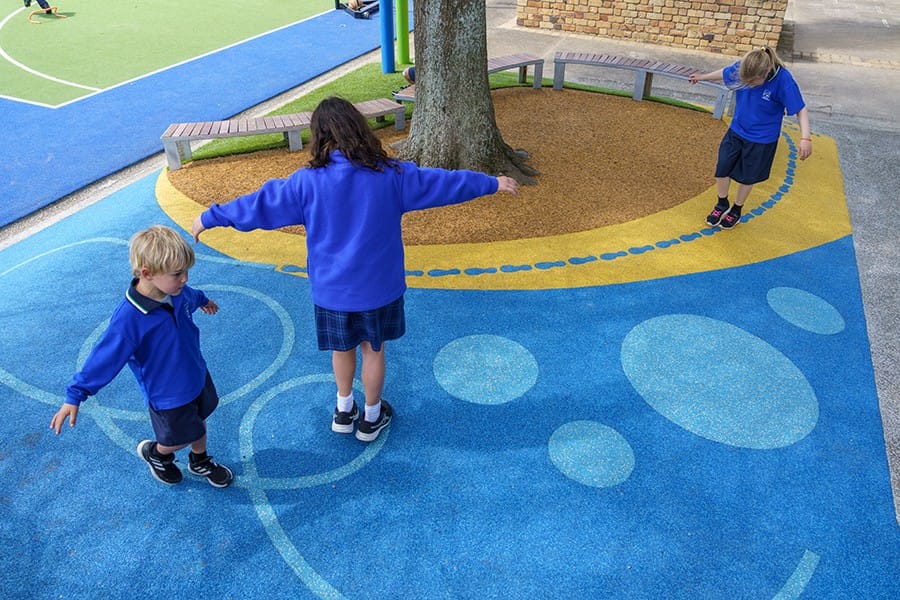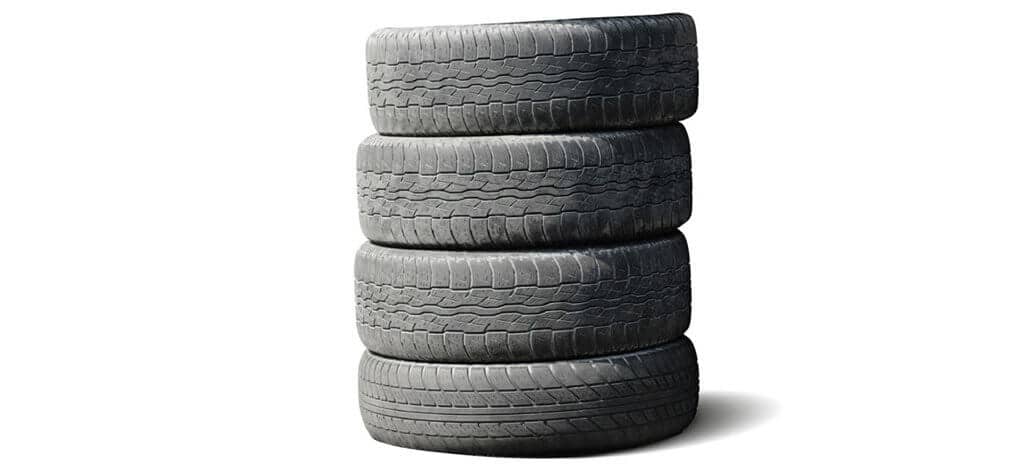Why does NumatREC prefer wet pour rubber and artificial turf?

Looking around our website, you may have noticed that a lot of the surfaces we install are a combination of wet pour rubber and artificial turf. This might have left you wondering, why does Numat seem to prefer these surface types over others?
The short answer to this question is that we believe these two surface types are the best in the game when it comes to the attributes our customers want in their playground surfaces.
We see wet pour rubber and synthetic turf outperforming other surface types in:
- Safety
- Accessibility
- Range of colour
- Designability
- Durability
- Ease of maintenance
In this video, we’ll talk about each one of these desired attributes more in-depth and show you why wet pour rubber and artificial turf surfaces are the best options to deliver the results you need.
1. Safety
When it comes to safety, cushioned synthetic turf and wet pour rubber are excellent options. This is because they don’t move around like loose-fill surfaces or pull apart as some tiles do, which means they are consistently safe. These surfaces are also easy to maintain and don’t require constant attention, unlike loose surfaces.
2. Accessibility
Wet pour rubber and artificial turf surfaces are fantastic for accessibility. Because of their one-piece, seamless consistency, they don’t have the inaccessibility issues of bark, woodchips, and pea-gravel. Tiles can be good here also but lack some of the other important attributes we look for in a play surface; things as designability and range of colour.
3. Range of Colours and Designability
Here, wet pour rubber beats all other surface options out there. Its expansive colour range and colour blend abilities give you almost unlimited creative potential. Its ability to mould over any shape means you can install it on slopes, walls, and even shapes like balls, cylinders, you name it, you can probably create it out of wet pour rubber.
4. Ease of Maintenance
Being seamless, fixed surfaces, wet pour rubber and artificial turf surfaces require little in the way of maintenance. An occasional hose down or going over with a leaf blower is all it takes to keep these surfaces looking good in the long term. In the case of artificial turf, a turf grooming machine can be used to bring your surface up to look its best.
5. Durability
Wet pour rubber and artificial turf surfaces are also the most durable surface types, with wet pour rubber lasting slightly longer than artificial turf ones. A high-quality wet pour rubber surface like Pour’n’Play, which is made from Rosehill TPV rubber granules, lasts at least 12 years in most situations and can last up to 20 years in some cases.
Why combine these two surface types?
There are two main reasons why you should consider combining wet pour rubber and synthetic turf on your playground surface.
Firstly, combining the two surfaces leads to interesting, and exciting, design possibilities. Wet pour rubber and synthetic turf together look great and will take your playground design to the next level.
Secondly, it gives your playground something else that a single surface on its own can’t provide, and that is texture variation. Putting the two surfaces together presents the opportunity for sensory play, which is especially great for young children who are developing their sense of touch.



